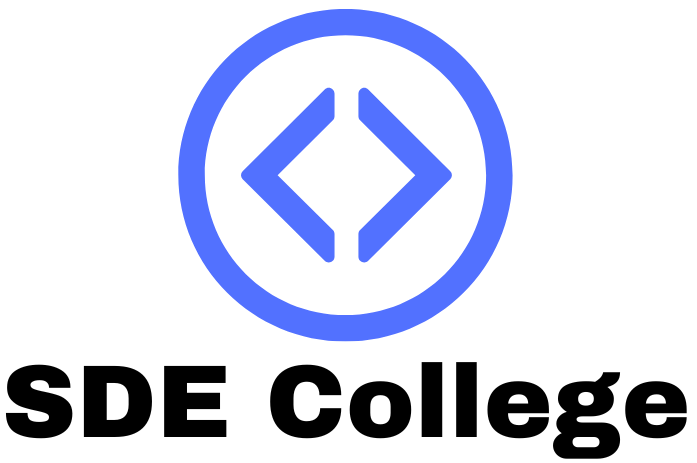How to Build a Winning Blockchain Engineer Resume and Portfolio
The use of blockchain technology is rapidly evolving, and the job market for blockchain engineers is ever-changing. As a result, it’s essential that you position yourself to stand out as a qualified candidate and make a lasting impression with potential employers through a winning resume and portfolio.
In this blog post, we’ll provide an in-depth look at how to create a winning resume and portfolio as a blockchain engineer that will help you land your dream job. We'll cover the following topics:
• Anatomy of an Effective Resume for Blockchain Engineers
• What to Include in Your Blockchain Engineer Portfolio
• Tips for Crafting the Perfect Resume and Portfolio
Anatomy of an Effective Resume for Blockchain Engineers
Just like any other engineering role, a resume for a blockchain engineer should include pertinent information about your education, work experience, and technical skills. However, due to the nature of blockchain engineering, there are certain key elements that should be included in your resume to ensure you stand out.
First, it's important to highlight both your technical expertise and experience working on blockchain platforms. This could include specifics such as the version of the platform you prefer to develop on, the programming languages you’re familiar with, the number of transactions you’ve completed, and the number of decentralized applications (DApps) you’ve built.
You should also include any blockchain-related certifications, such as those offered by IBM, Microsoft, or ConsenSys, which demonstrate your knowledge and commitment to the field. Additionally, if you have experience working with cryptocurrency or have chaired any blockchain development committees, those should also be included.
Finally, don’t forget to mention any awards or recognition you’ve received for your work. This can range from recognition by industry publications to recognition from peers.
What to Include in Your Blockchain Engineer Portfolio
Your portfolio is a great way to showcase your best projects and give potential employers a detailed look into your abilities. Some examples of what should be included in your portfolio are:
• Projects you’ve worked on (e.g. smart contracts, consensus algorithms, distributed ledgers)
• Code samples (both complete projects and snippets of code that demonstrate your skills)
• White papers you’ve written
• Presentations you’ve delivered
• Open source contributions
• Publications you've written
• Blogs and articles you’ve had published
• Any blockchain tools, designs, or products you’ve created
Your portfolio should be easy to navigate, visually appealing, and clearly label each item as to what it showcases. Providing potential employers with specific examples of your accomplishments gives them a better understanding of your skill set and the value you can bring to their team.
Tips for Crafting the Perfect Resume and Portfolio
Creating a winning resume and portfolio for a blockchain engineer is a lot of work, but there are a few tips that can help simplify the process and make it easier for employers to find the information they need:
• Be concise and to the point. Avoid long-winded descriptions and concentrate on providing necessary details about your experience.
• Highlight relevant blockchain-specific skills and experience. Make sure to include any certifications and awards you’ve earned in the industry.
• Showcase your best projects and include links to where they can be found.
• Use keywords and industry-specific terminology throughout your resume and portfolio to optimize search engine results.
• Choose a clean design for your portfolio and resume. Utilize visual elements to highlight important information without making it overly distracting.
• Ensure that your resume and portfolio are mobile-friendly. Many employers will review your documents using a smartphone or tablet, so it’s important that they’re optimized for any device.
Building a successful and professional resume and portfolio is the first step to landing a job as a blockchain engineer. By following the tips outlined above, you’ll have all the tools you need to craft the perfect document to present to potential employers and give yourself the best chance at success. Good luck!












